Alaska stands as a sought-after destination for those aiming to witness the awe-inspiring Northern Lights. Extensive research into the best times for viewing reveals that the most favorable periods are during the autumn months of October and November, as well as March in the spring.
This article will cover the essentials of planning a visit to Alaska for the Aurora Borealis, including timing and location tips.
Indeed, some have been fortunate enough to experience the Northern Lights as early as September, offering a testament to the phenomenon's unpredictable nature.
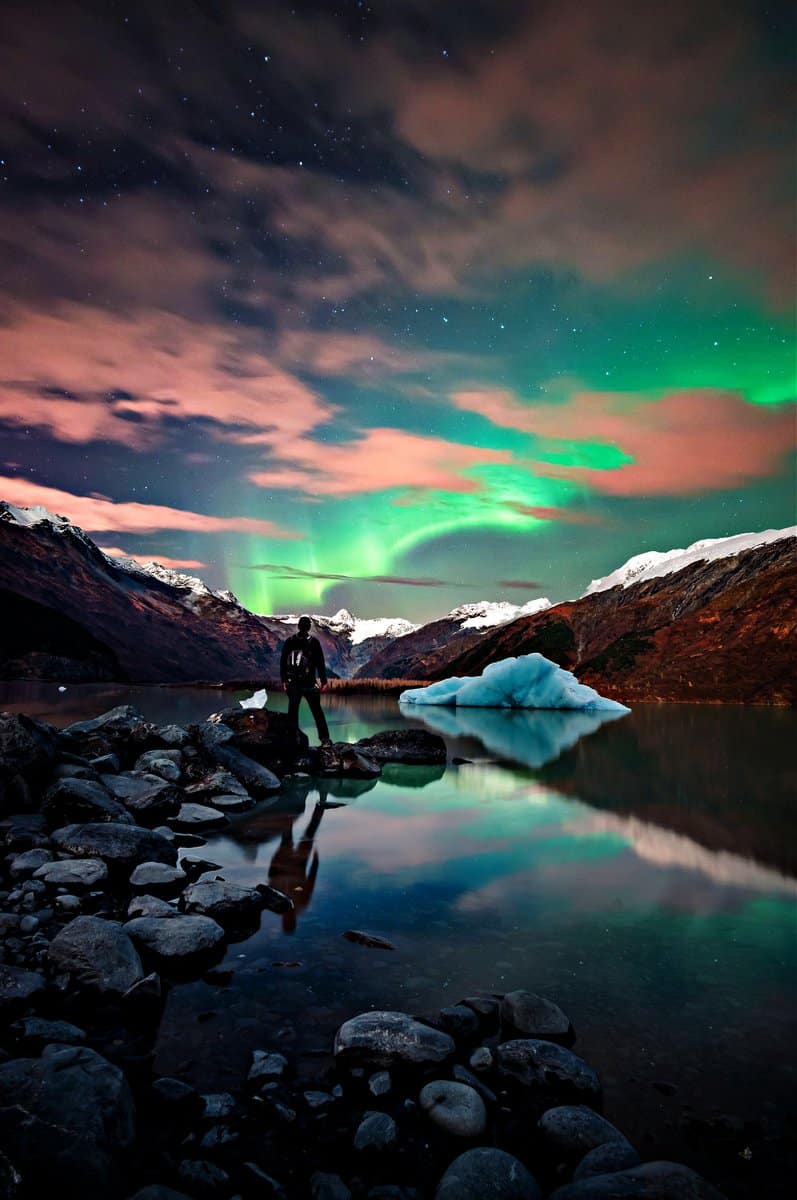
Why Visit Alaska For The Northern Lights?
The Northern Lights, or Aurora Borealis, represent a bucket-list experience for many. If you're in the United States or planning a visit, Alaska offers one of the most accessible and impressive viewpoints for this natural wonder.
Traveling further north increases your chances of catching the Aurora in action. Alaska, with its vast wilderness and minimal light pollution, stands out as the premier location within the U.S. for Aurora viewing.
It does take some planning to match your visit with the peak times for Northern Lights activity, but the effort pays off dramatically.
Imagine the dark Alaskan sky suddenly lighting up with swirling, fluorescent green lights – it's a sight that captivates and lingers in memory long after your trip ends.
This magical display, set against Alaska's rugged landscapes, is not just an ordinary travel experience; it's a moment of pure awe and wonder. For many, it ranks as one of the most memorable sights ever witnessed.
Whether you're an avid photographer, a nature lover, or simply seeking a unique adventure, Alaska's Northern Lights promise an unforgettable spectacle.
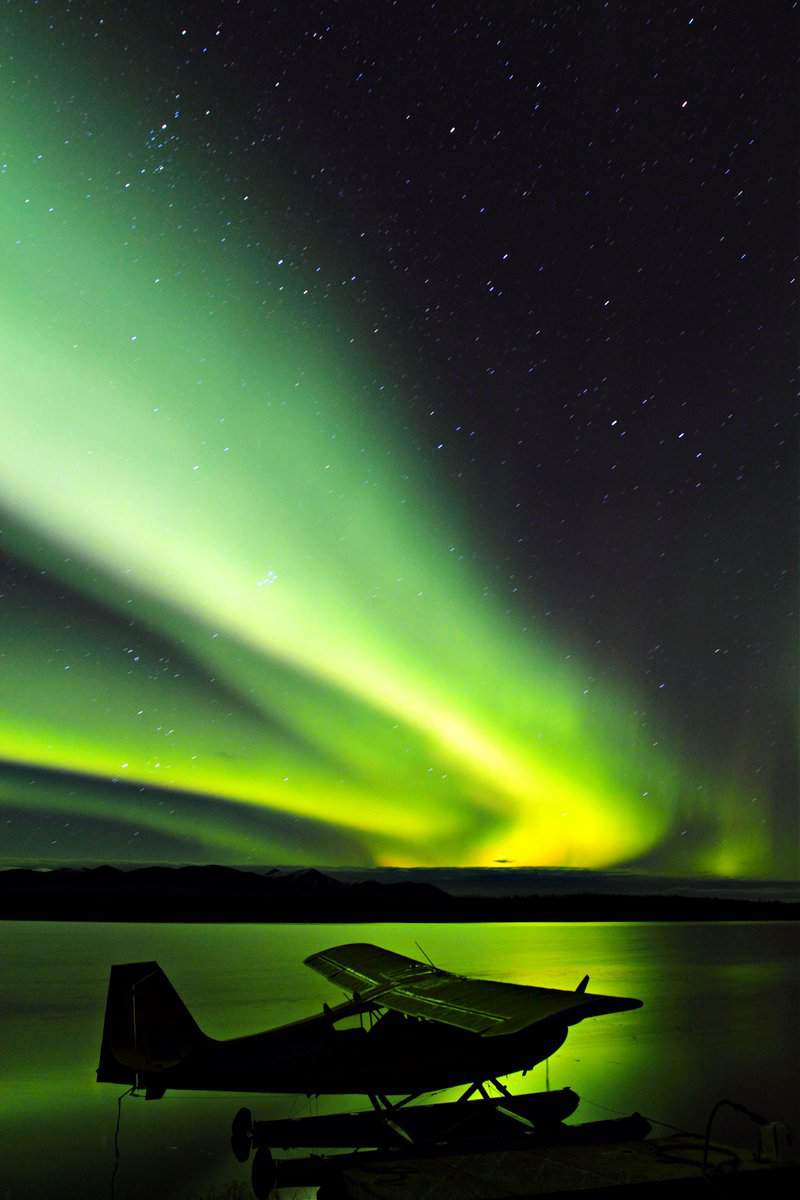
When Does The Aurora Borealis Actually Take Place?
Despite what many people think, the Northern Lights "happen" throughout the year. The phenomenon is caused by sunspot activity. Particles generated by sun flares go shooting through space and hitting the atmosphere.
When these electrons hit the atmosphere near the poles - both northern and southern - they interact with gas atoms, creating that beautiful dance of lights.
Clearly, our sun is active all year long. In fact, it's entirely oblivious to the seasons we experience here on Earth. Winter and summer are a product of the earth's rotation around the sun - affected by it but not affecting it.
Whenever the surface of the sun is more active, generating flares that shoot out these masses of electrons - they'll get here and interact with the atmosphere. Potentially creating the Aurora Borealis.
So, Why Can't We See It During The Summertime?
In order to see the Northern Lights, you need a dark sky. The darker, the better. On a different night during our trip, there was a forecast that sent us out to the fields near the town of Fort Nelson, looking for the Northern Lights.
We got there before it got dark, and it was interesting to see how you could actually discern some activity in the sky if you tried. It wasn't impressive, but it clearly happened.
So, as a traveler, you need to seek a night sky in order to get the best view of the Northern Lights.
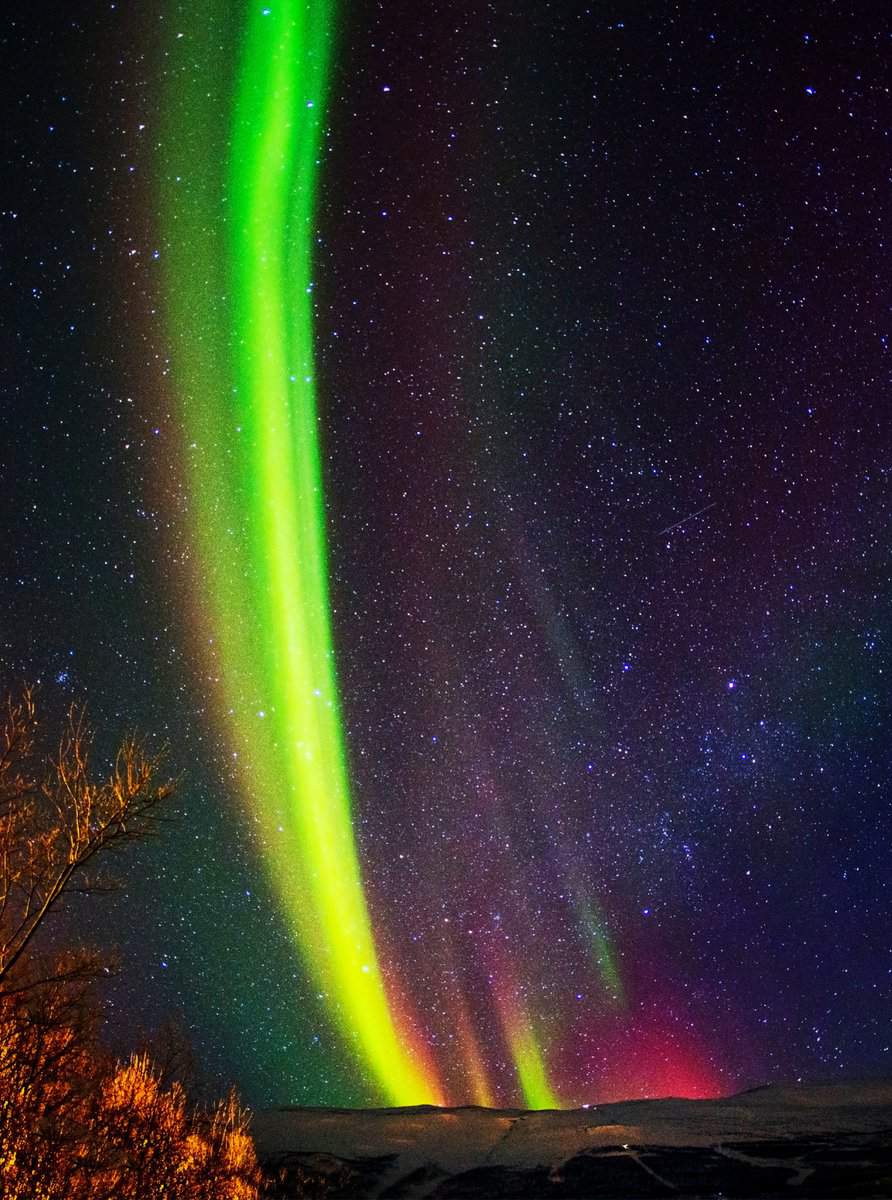
What Months Is It Dark In Alaska?
While parts of Alaska are in the Arctic Circle, you will most likely not be heading out there. Anything north of Fairbanks, Alaska, is difficult for the average traveler to reach.
So, let's talk about the two main destinations in the state: Anchorage and Fairbanks. And if you want to visit Denali National Park to see the Lights, it's in the middle between these two cities, so just average out the data.
In Fairbanks
| Date | Sunrise | Sunset | Daylight Length |
| July 1 | 3:10 AM | 12:40 PM (40 minutes past midnight) | 21 hours and 24 minutes |
| October 1 | 8:00 AM | 07:20 PM | 11 hours and 16 minutes |
| January 1 | 10:50 AM | 2:58 PM | 4 hours |
| April 1 | 7:06 AM | 20:44 | 13 hours and 40 minutes |
In Anchorage
| Date | Sunrise | Sunset | Daylight Length |
| July 1 | 4:28 AM | 11:38 PM | 19 hours and 10 minutes |
| October 1 | 8:06 AM | 07:30 PM | 11 hours and 23 minutes |
| January 1 | 10:13 AM | 3:53 PM | 5 hours and 40 minutes |
| April 1 | 7:22 AM | 20:46 | 13 hours and 40 minutes |
Two things to take from these tables:
- The closer you get to December 21st (the shortest day of the year), the darker it gets. The closest you get to June 21st (the longest day of the year).
- The further up north you go - the more significant the difference between winter and summer.
Since you want to maximize dark hours, you would think the best time in the year to travel to Alaska for "Lights Chasing" would be December.
And you'll be right.
Suppose you're a fully equipped professional photographer whose sole purpose is taking the best possible shots of the Aurora Borealis in Alaska.
And since we mentioned the two cities, if you're going there, you may also want to check out my posts about the best things to do in Fairbanks and the best things to do in Anchorage.
The Problem With Traveling To Alaska During Winter
For most travelers, winter in Alaska poses challenges due to extreme cold and limited daylight, but it still offers dark skies that are ideal for Northern Lights viewing for those adequately prepared.
Here's why:
- It's super cold.
During December and January, temperatures rarely get above freezing in Fairbanks. In fact, they're usually under the zero mark. Yup, in Fahrenheit. - For those of you who are thinking of Celsius, we're talking about an average low temperature of -25 degrees and an average high (middle of the day) temperature of -17.
- That's cold. It's so cold that if you don't know what you're doing, you could easily die of exposure.
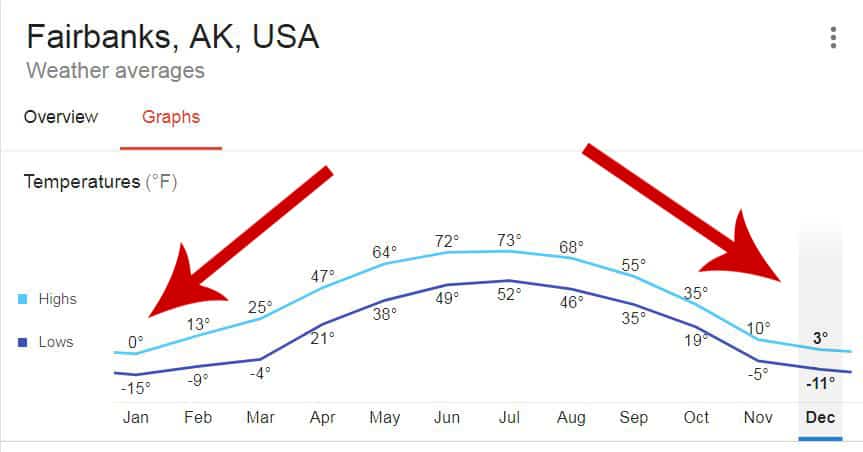
- Many tourist attractions in Alaska close during the winter due to the lack of visitors. It raises the question: why open if the tourists aren't there?
- The days become significantly shorter, plunging the landscape into long hours of darkness that some may find disheartening.
- Not to forget, the temperatures can drop dramatically, reaching deeply cold levels that might be challenging for many to endure.
However, it's worth noting that winter offers advantages when it comes to hotel availability and pricing. With fewer tourists, one can find more accommodation options at lower prices.
For those whose primary goal is to witness the Northern Lights and are willing to brave the sub-Arctic winter conditions, visiting Alaska in the winter could be a viable choice.
But it's crucial to be fully prepared, not just mentally but also in terms of having the right equipment and clothing.
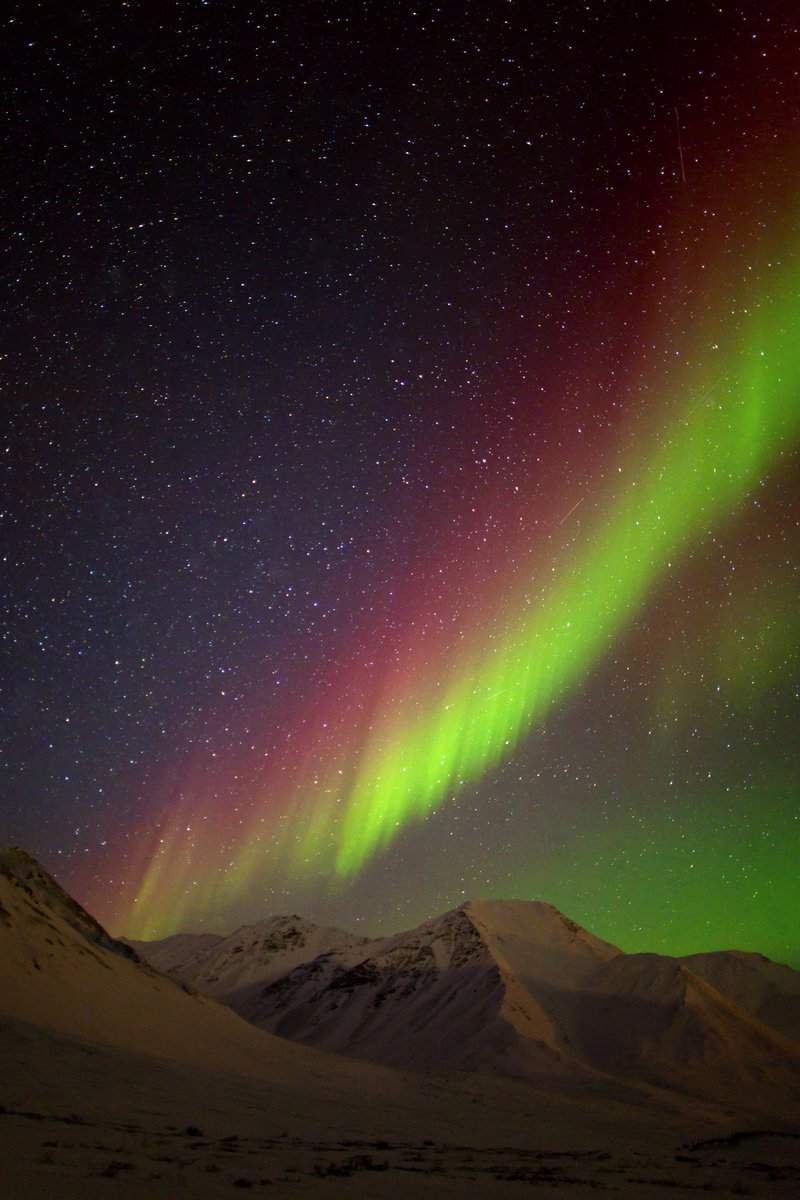
The Best Months For Northern Lights Viewing
Experts concur that the optimal months for witnessing the Northern Lights in Alaska fall within the autumn months of October and November, as well as the very early spring month of March.
These times strike a balance, offering the possibility of very dark skies during hours and temperatures that are more tolerable for the average person, not just those accustomed to Alaskan climates.
Despite Alaska's reputation for cold, which can persist even in the summer months, the approach of winter heralds even darker skies and colder temperatures. Among these, October often presents slightly more favorable conditions than March or November.
Can You See The Northern Lights In September?
Is it possible to see the Northern Lights in September? Indeed, it is. There have been accounts of remarkable displays of the Aurora Borealis as early as September 1st, catching observers off guard and proving that early sightings are indeed possible.
One such account comes from travelers who, while technically no longer in Alaska but having just crossed into the Yukon, experienced a stunning display.
Lodged in a small motel in Beaver Creek, a location situated north of Anchorage and south of Fairbanks and thus under a typical Alaskan night sky, they witnessed an unexpected phenomenon.
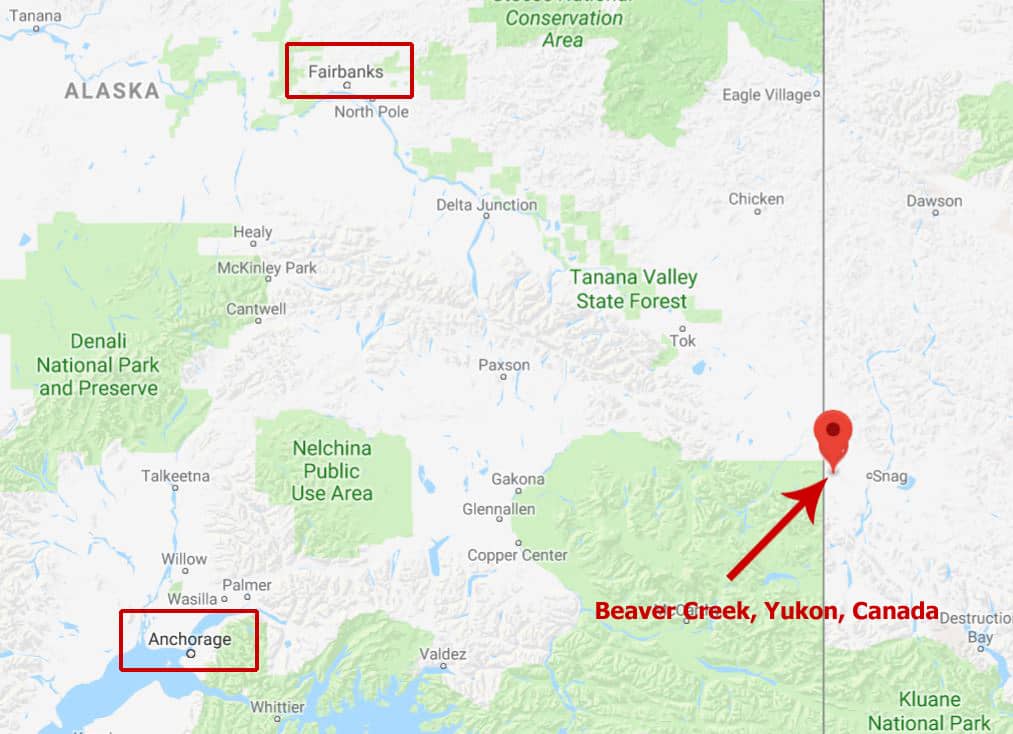
At around 11 PM, as the group was settling down for the night, a peculiar green glow in the sky caught their attention. Confirming their hopes, it was the Aurora Borealis.
Quickly donning jackets and gathering blankets, they drove a short distance from Beaver Creek's lights to enjoy a clearer view. For the next half-hour, they were engrossed in the spectacle, unprepared for photography but profoundly moved by the experience.
The limitations of capturing such a moment with just a phone did not diminish the awe-inspiring nature of the display.
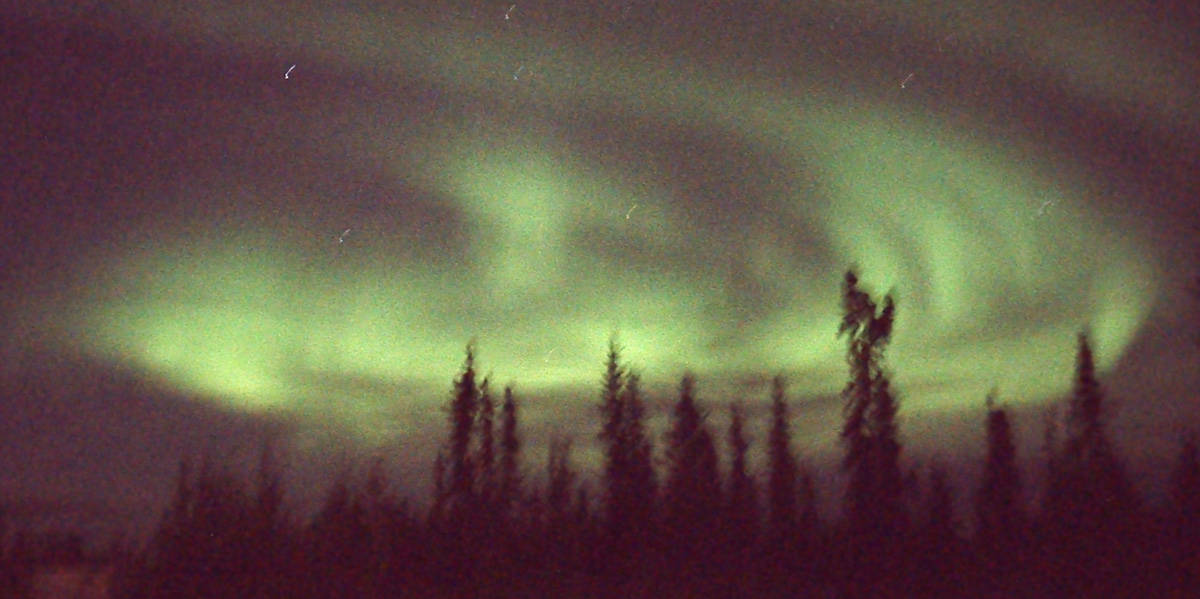
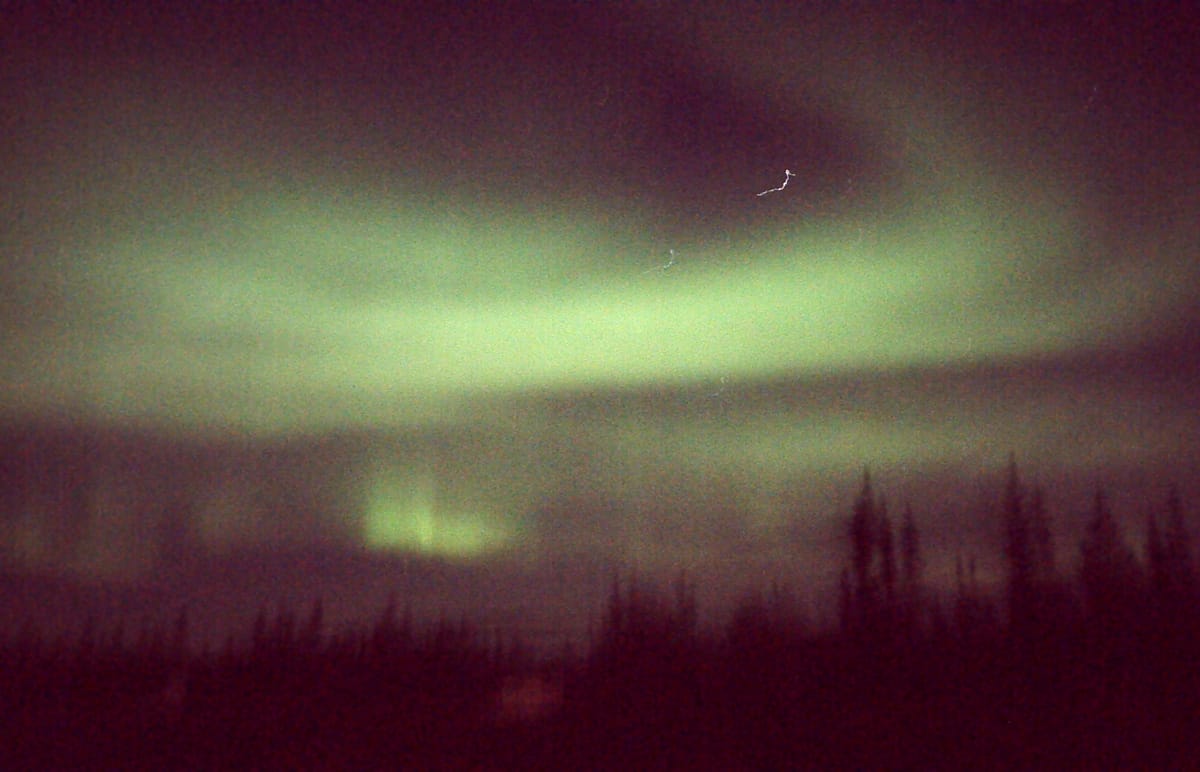
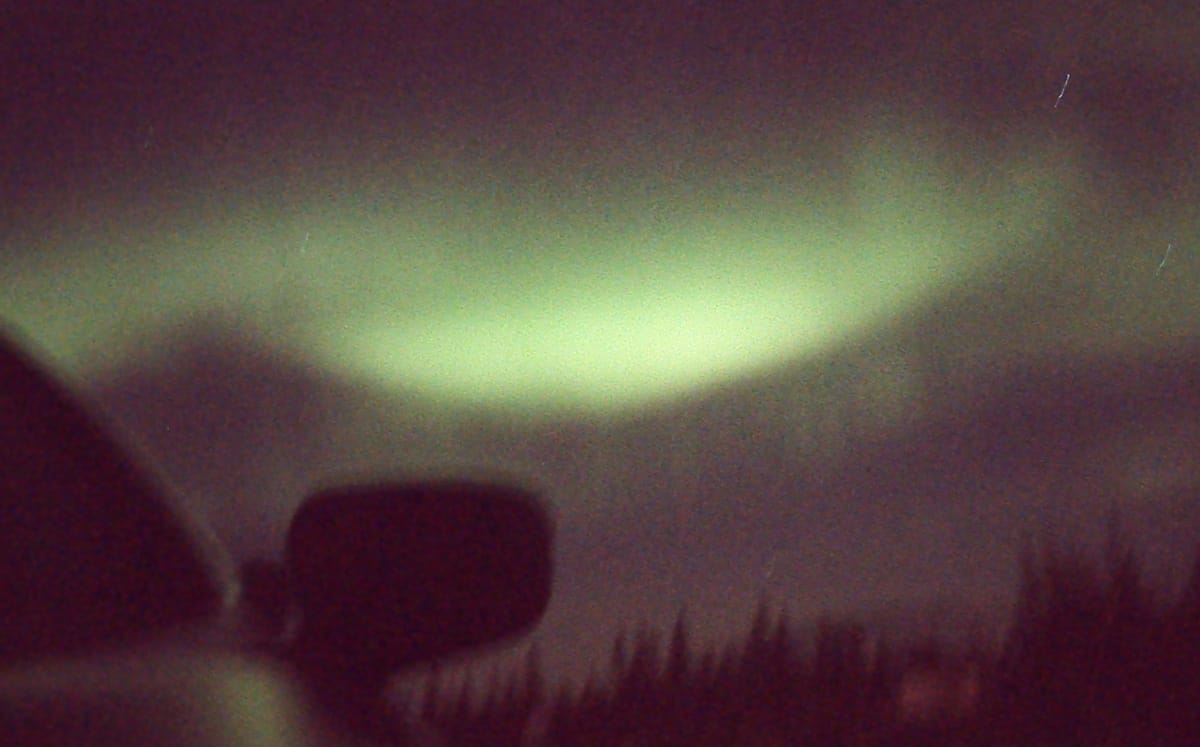
Indeed, witnessing the Northern Lights in September is achievable. Given the experience on September 1st, it also suggests the possibility of sightings in late August.
What was the key to this unexpected experience?
It was purely fortuitous. The travelers weren't monitoring solar activity forecasts or anticipating the Northern Lights during that period; their encounter was a delightful surprise.
Motivated by this serendipitous sighting, the desire to witness more of these celestial displays grew. With a journey that continued along similar longitudes, the opportunity to see another auroral show seemed promising.
This initial encounter led to further research into determining the best times for observing the Northern Lights, revealing valuable insights for future adventures.
If you want to read more about our trip, check out my post about driving to Alaska and back.
Northern Lights Forecasts - What Are They And How To Use Them
Yes, several institutes generate forecasts for Aurora Borealis activity. That's what we did next - we followed the estimates.
However, the results were somewhat underwhelming. Despite alerts indicating high auroral activity in the following days, the actual sightings were sparse.
One memorable instance occurred near Fort Nelson, in Canada, where faint traces of the greenish aurora were visible. Yet, they paled in comparison to the vibrant display previously witnessed in Beaver Creek.
This experience suggests that while following the aurora forecast is worthwhile, it's important to manage expectations. The estimates offer a glimpse of potential activity but are not a guarantee of a spectacular show.
Therefore, the recommendation is not to rely solely on these predictions but to remain vigilant in the quest to see the Northern Lights.
Embarking on a trip to Alaska, particularly during the shoulder seasons, presents the best opportunity for experiencing this natural wonder.
For those who found this insight valuable, sharing it would be greatly appreciated. Here's an image suitable for posting on Pinterest to spread the word about this adventure and the tips gathered along the way.


Thank you for a wonderful blog. Heading there on the 20th – 27th of November with my wife. Our only worry is we might not be able to make it to Fairbanks. To make the most of the free days we got, we start our trip on a weekend and return on the next (can’t take the train to Fairbanks) or else we wont see Anchorage. Any advise ?
My wife and I have been to Alaska 4 times and haven’t seen the northern lights yet, probably because we went during the spring months after march. I enjoyed your article and my wife and I may try the month of October on another trip. The only thing that concerns me is being able to get around during that time of year in Alaska.
Hi Alan,
If you’re planning on driving then yes, I would be concerned too. We returned from Alaska on the first week of September that year. There was fresh snow on the mountains as we were driving back but the weather was fine in lower elevations. October could be riskier in that sense. The Alaska Highway is supposed to be open throughout the winter but you need to be prepared for snow on the road in October. If you’re going to fly in and out, October should be great, IMHO.
Thank you for your article. Very helpful information, and it sounds like you had a very good time.
Thank you for your feedback, Michael – much appreciated!
it seems that you enjoyed your trip a lot, even next month me too going there for family trip. This article very helpful to understand what should we do at alaska. Thanks for sharing good trip experience.